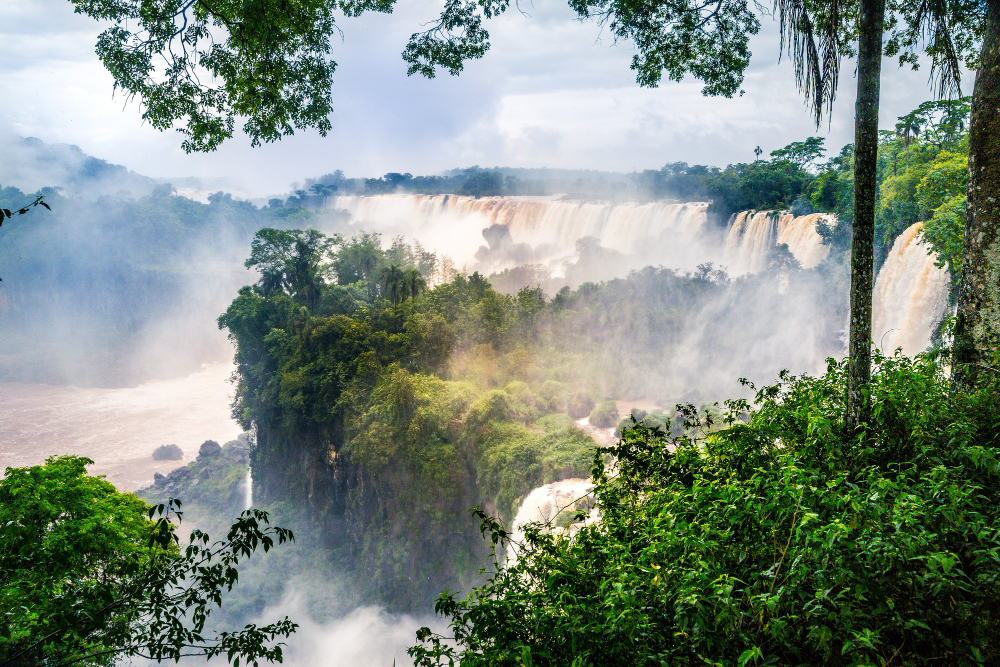South America is a continent filled with breathtaking marvels of nature that can mesmerize anyone. Its beauty is in its contrasting landscapes and diversity of its people and their culture. Following are 5 South America Nature Attractions of South America:
Machu Picchu, Peru
One of the world’s most intriguing locations, Machu Picchu is undoubtedly the top tourist destination in South America. This abandoned ancient Incan city, shrouded in mist and surrounded by rich vegetation and rocky escarpments, is poised precisely 7,000 feet above sea level in the Andes, towering above the Urubamba Valley below. Machu Picchu was built in the 1450s and is believed to have been either an important place of worship or the emperor’s country house.
Iguazu Falls, Argentina, and Brazil
Before hurling itself into a semicircular chain of 247 erratic waterfalls that roar down into the gorge below, the Iguazu River travels across the rocky terrain inside the jungle. The river is constrained to a fraction of its normal width just above the falls, amplifying the force of the water. There are approximately 1.85 miles of cascades, some of which are over 330 feet high, so you’ll never be able to witness them all at once. Both the Argentine and Brazilian sides of the Iguazu Falls can sense its strength, noise, and presence.
Galapagos Islands, Ecuador
The magnificent, isolated Galapagos Islands are a volcanic archipelago of 13 major islands, six smaller islands, and more than 100 islets. They are situated in the Pacific Ocean about 600 miles off the coast of Ecuador. A trip to the Galapagos islands is a naturalist’s paradise, as they are home to a wide variety of animals and plants that are found nowhere else in the world.
Patagonia
Patagonia is a region that Chile and Argentina jointly control at the southernmost point of South America. Its about 300,000 square mile area includes various islands in the South Atlantic and Argentine Antarctica, as well as the well-known region of Tierra del Fuego. Patagonia’s breathtaking landscape is the product of extensive glaciological and geological changes that occurred there millions of years ago. These changes carved out mountains and innumerable valleys, which were then sculpted by fjords, rivers, and lakes, and topped by gleaming glaciers. One of the least populated places on Earth, Patagonia is home to a staggering array of animals and plants, many of which are native to the area.
Amazon Rainforest
The Amazon Rainforest is the biggest tropical forest on Earth with the highest concentration of plant and animal species everywhere; it is unmatched in size, complexity, and diversity. Brazil accounts approximately 60% of the world’s rainforest, with substantial portions also present in Peru and Colombia and minor portions in Bolivia, Ecuador, Venezuela, Guyana, Suriname, and French Guiana. The Amazon is a mosaic of ecosystems and vegetation types, including rainforests, seasonal forests, deciduous forests, flooded forests, and savannas. It has a staggering 2.5 million different insect species, 40,000 plant species, 1,300 bird species, 3,000 fish species, 430 mammals, and other animals, many of which are still undiscovered by science.







